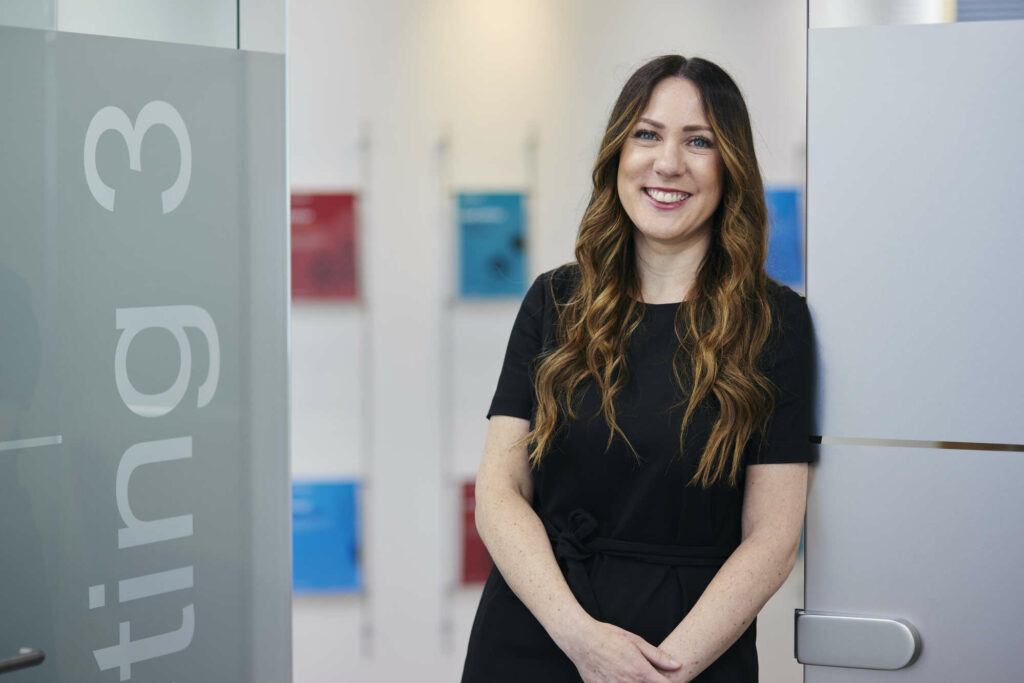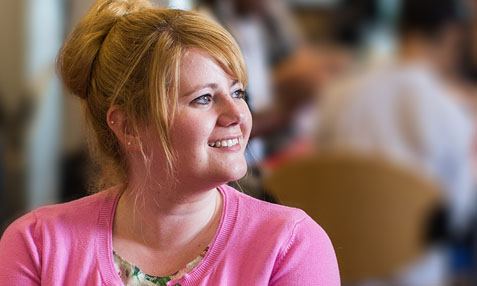Understanding erb’s palsy
Erb’s Palsy often happens when a baby gets stuck during birth after the head is delivered. This can be caused by the baby’s shoulder getting stuck in the pelvis. This is called shoulder dystocia.
Babies with Erb’s Palsy might have trouble moving their shoulder but can still move their fingers. If both upper and lower trunk nerves are stretched and damaged, the condition is more severe and is called global or total brachial plexus birth injury, affecting the shoulder, arm, and hand.
If Erb’s Palsy is caused or made worse because of medical mistakes, it may be possible to get compensation.
Medical mistakes that are linked to Erb’s Palsy include:
- poor decisions being made during labour including failure to refer for c-section in a timely manner
- wrong tools or excessive force being used during the delivery of a baby
- failures to advise of risks relating to Erb’s Palsy.
- Failing to follow correct protocols for delivery when shoulder dystocia is identified.
Children with Erb’s Palsy can regain some feeling and motion in the affected arm over time and with regular physical therapy. However, many children will continue to experience some weakness in the shoulder, arm, hand or fingers throughout their life, or may need more invasive treatments such as surgery. Making a successful claim means you will be able to access funds to provide your child with therapy above and beyond what may be available for free from the NHS.





















